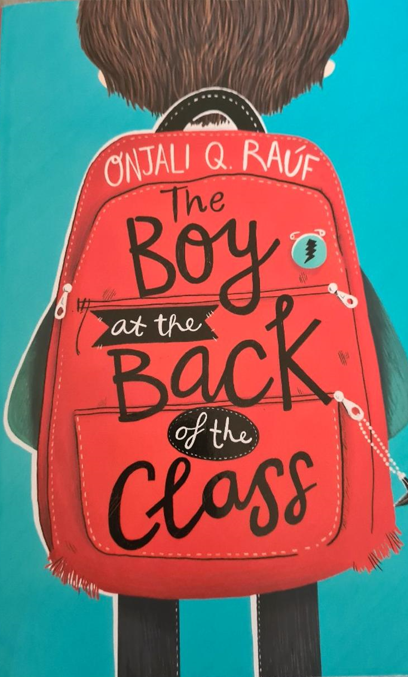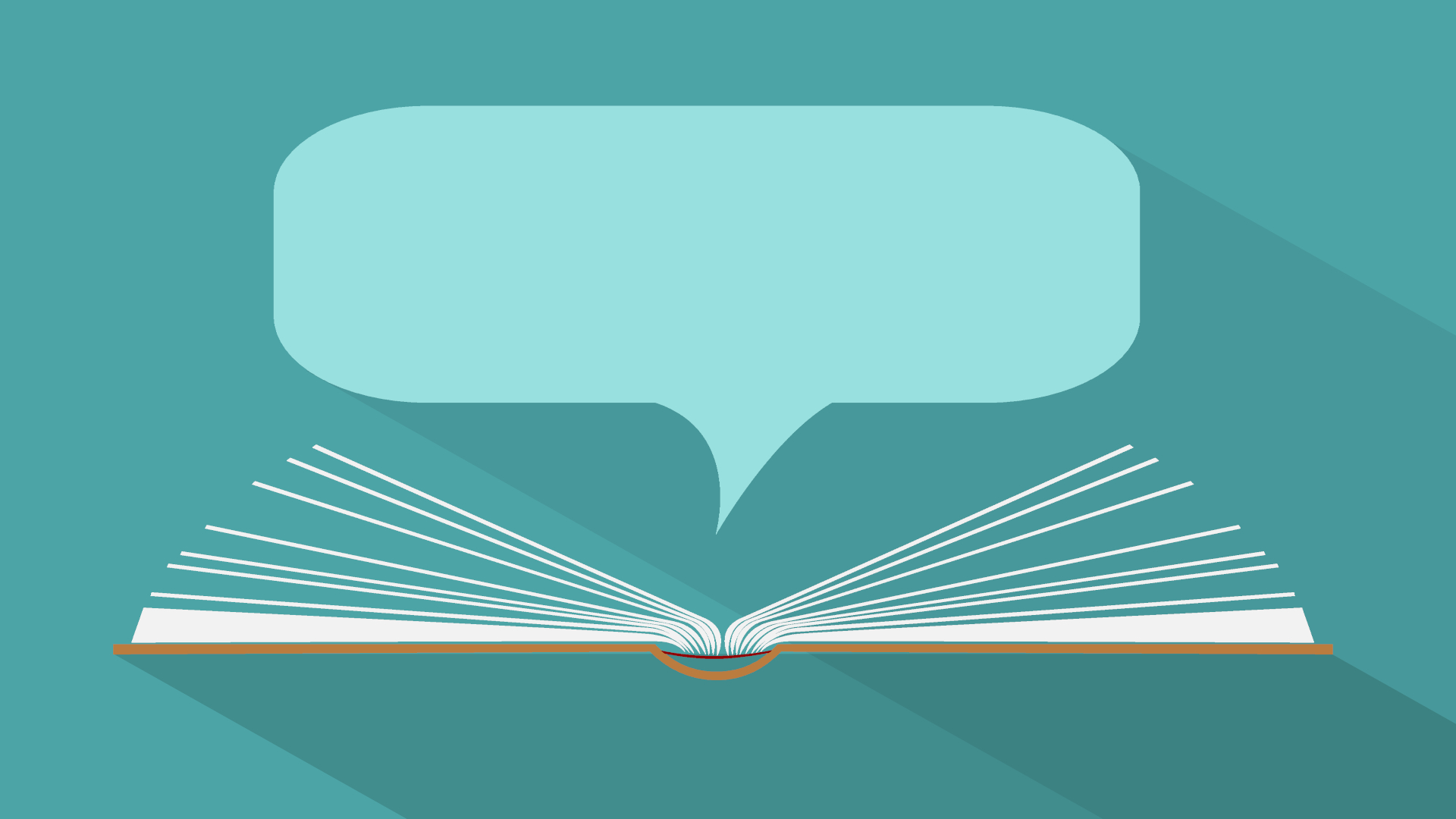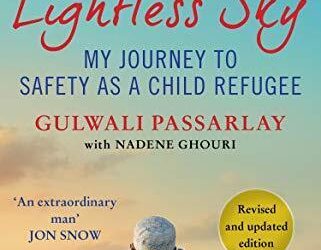
A review of the beautifully crafted debut novel from Onjali Rauf, The Boy at the Back of the Class. A book aimed at young readers aged 10+, giving insight to the power of kindness particularly when shown to young refugees.
In 2005, 15-year old Agnesa Murselaj and her family, Roma Gypsies who had fled the conflict in Kosovo and were seeking asylum in the UK, were taken unexpectedly from their home to Yarl’s Wood Immigration Detention Centre, hundreds of miles from the Glasgow community where they had settled and made invaluable friends over their last five years of living there. It was those friends, the group of teenage girls Agnesa had met at Drumchapel High School, some with refugee experience themselves, others who had lived their whole lives in Glasgow, who became known in local and national media as the “Glasgow Girls”, successfully campaigning for the release of their friend as well as protesting against dawn raids and child detention.
Stories like the Glasgow Girls are what Onjali Raúf’s children’s novel, The Boy at the Back of the Class, is a rallying reminder of – stories where real-life has shown as much courage and tenacity as fiction. Like the Glasgow Girls, The Boy at the Back of the Class portrays a diverse group of young people brought together by friendship and single-minded conviction about their sense of justice in the world as they welcome Ahmet, a refugee child who has arrived at school, having fled the war in Syria and been separated from his family during the journey. He arrives withdrawn and quiet, at first unable to speak English, but makes wonderful friends in our narrator, Alexa, and her plucky group of misfits. When Alexa overhears adults talking about the government’s plan to refuse asylum for refugees, the friends hatch a plan to take Ahmet’s case to the Queen herself in order to help him reunite with his parents before they ‘close the gate’. Their exploits at Buckingham Palace, where Alexa attempts to intercept a soldier during the Changing of the Guard, attracts national media attention and public pressure leads to Ahmet being reunited with his parents and the family granted permanent residence in the UK.
Onjali Raúf, who is also the founder and CEO of Making Herstory, an organisation working to end the abuse and trafficking of women and girls worldwide, dedicates the book to Raehan – a baby boy she met whilst working in a refugee camp in Calais. Speaking on the matter of representing difficult, mature issues for children, Raúf argues:
‘You as a child, or a person on the cusp of adulthood, have a right to go out and find out what those debates are and ask questions for yourself, and to find people who will help you answer them.’
Her words, and Ahmet’s story in The Boy at the Back of the Class, highlight how so-called “adult” subjects can’t be kept apart from children’s lives, nor should they be; how encouraging children’s questions enables them to develop agency in changing a world that can feel too big and too complicated for their voice. Moreover, Ahmet and Raehan force us to recognise that in issues where “adult” becomes a euphemism for violence, it is so often the children and babies who suffer most and are forgotten.
But Ahmet is not a pure victim, not merely the passive recipient of other people’s sympathies and heroism. During a fight instigated by Brendan the Bully, Ahmet is the one to stand up for himself and his new friends, to fight back, win and become a school legend in the process. Not only that, but he becomes a hero; in the playground for his football skills, in the classroom because his plant grows the fastest in a science experiment. These are small details, but ones which illustrate the breadth of what’s important to children; details which count in their perspectives but elude the limits of categorisation and description imposed on Ahmet by the media, the Home Office, the condescension and racism of adults.
The school our protagonists attend seems to be a reflection of Raúf’s faith in the education system’s treatment of refugee children: there may be problems, but the spirit of hospitality prevails over hatred and resentment. Ms.Hemsi, a dedicated Kurdish-speaking learning assistant, is employed to help Ahmet’s adjustments to his new school; Mrs. Khan is a gentle and supportive teacher, towards both Ahmet and his new friends’ adventures. It’s not that this is an impossible reality, but that such resources in schools can’t be take for granted on a national scale today. For instance, there is no specific funding allocated for asylum seeker and refugee children, thus cutting schools off at the knees in any attempts to implement the necessary arrangements that might help some of their most vulnerable students adjust to a new environment.
The simplicity of a happy ending, with Ahmet reunited with his parents and invited for tea with the Queen, doesn’t bring back Syrah, his little sister who drowned during the boat crossing to the UK. Nor is Raúf’s nostalgia for the royal family able to mask over the bitter reality that asylum cases are far more likely to be a torturously drawn-out process that can inflict years of damaging insecurity on families than the book shows. What The Boy at the Back of the Class offers best, however, is not just an entertaining story and engaging characters, but a compelling hopefulness about what place young people can have in social and political matters that are so often represented as beyond their station; an affirmation that their voices should be heard, and that their actions matter. As Alexa considers how her and her friends’ efforts have resonated far beyond their little patch of the playground, Raúf offers us a stirring image of how collective power can swell from such unsuspecting places:
‘I had never thought about how loud a whisper can be if there are lots and lots of them. So, all that day, I whispered “Help Ahmet” out loud, too, whenever I could. So did Tom and Michael and Josie. And whenever we did it together, our whispers made us sound like an ocean.’







